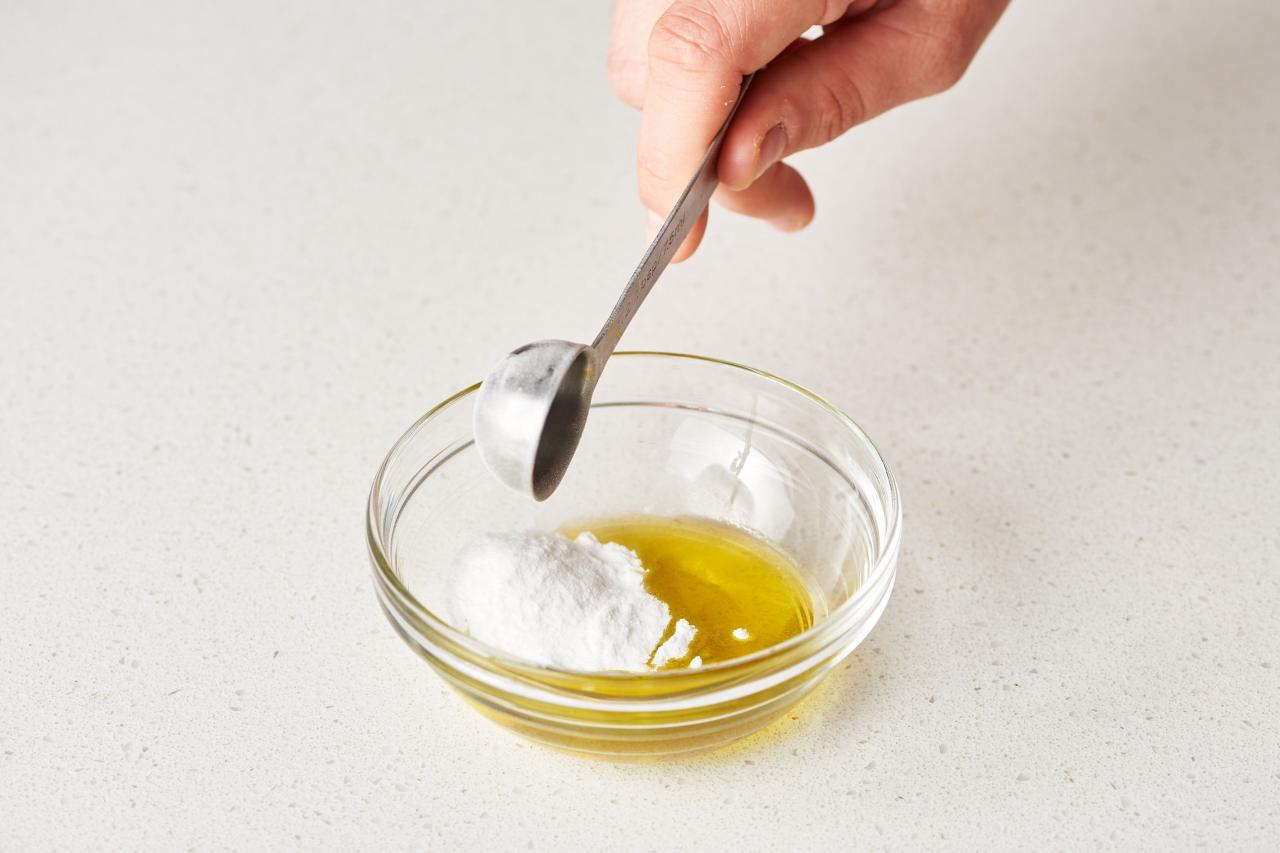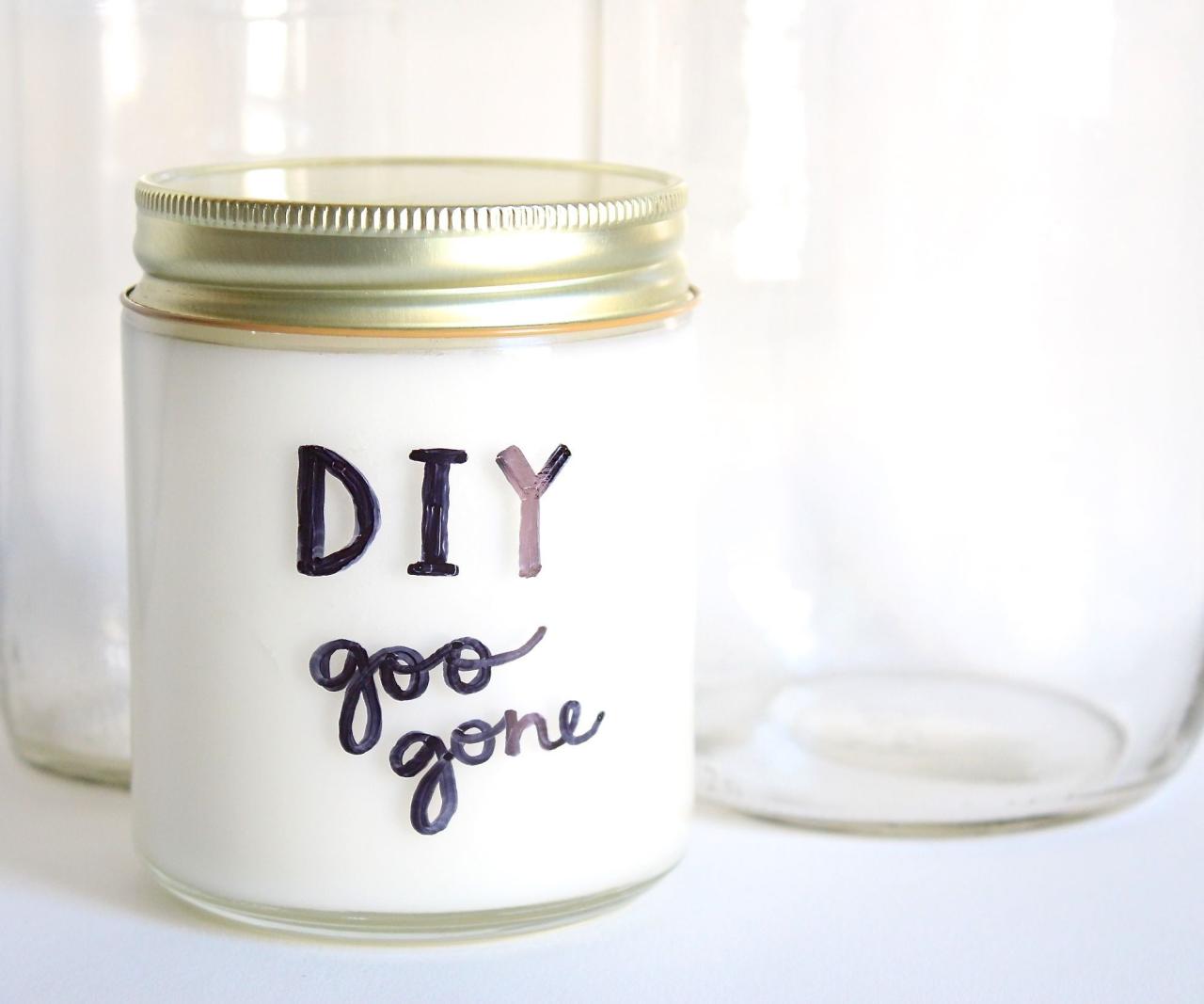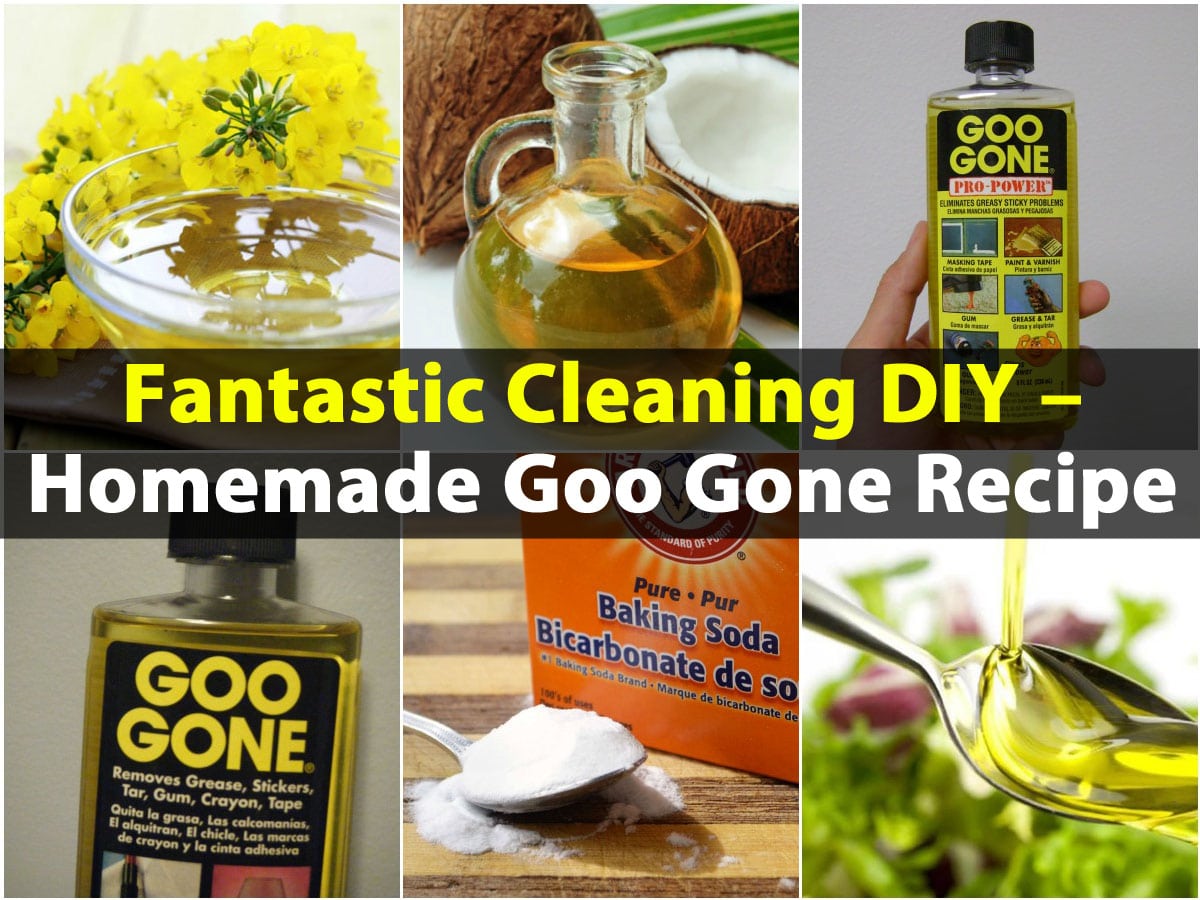DIY Goo Gone: Effective Alternatives and Recipes provides a comprehensive guide to crafting your own adhesive-removing solutions using common household ingredients. This guide explores a variety of recipes, application techniques, and safety precautions for effectively tackling sticky messes.
From removing stubborn residue from glass surfaces to cleaning delicate electronics, this guide offers practical solutions for a range of sticky situations. Learn how to create DIY Goo Gone solutions tailored for specific surfaces and tough adhesives, ensuring a clean and residue-free finish.
DIY Goo Gone Recipes

Goo Gone is a popular commercial product for removing sticky residue from various surfaces. While it is effective, it can be expensive, and some people prefer to use natural and safer alternatives. This section explores several DIY Goo Gone recipes using common household ingredients.
DIY Goo Gone Recipes
Creating your own Goo Gone solution is simple and cost-effective. Here are some recipes using common household ingredients:
| Ingredient | Quantity | Instructions |
|---|---|---|
| Baking Soda | 1/2 cup | Mix baking soda with a small amount of water to create a paste. Apply the paste to the sticky residue and let it sit for a few minutes. Then, scrub the area with a damp cloth or sponge. |
| White Vinegar | 1/2 cup | Pour white vinegar directly onto the sticky residue and let it sit for a few minutes. Then, scrub the area with a damp cloth or sponge. |
| Lemon Juice | 1/4 cup | Mix lemon juice with a small amount of water. Apply the solution to the sticky residue and let it sit for a few minutes. Then, scrub the area with a damp cloth or sponge. |
| Olive Oil | 1 tablespoon | Apply olive oil to the sticky residue and let it sit for a few minutes. Then, scrub the area with a damp cloth or sponge. |
| Rubbing Alcohol | 1/2 cup | Pour rubbing alcohol directly onto the sticky residue and let it sit for a few minutes. Then, scrub the area with a damp cloth or sponge. |
DIY Goo Gone for Glass Surfaces
Removing sticky residue from glass surfaces can be challenging. Here’s a recipe specifically designed for this purpose:
Mix equal parts white vinegar and water in a spray bottle. Spray the solution onto the sticky residue and let it sit for a few minutes. Then, scrub the area with a microfiber cloth.
Effective Goo Gone Uses

DIY Goo Gone solutions can be incredibly versatile for tackling a wide range of sticky messes around the house. These solutions are safe for many surfaces and can effectively remove various types of adhesive residue, making them a valuable addition to your cleaning arsenal.
Common Household Items
DIY Goo Gone solutions can be used to clean various household items, including:
- Toys: Remove sticky residue from toys made of plastic, wood, or metal.
- Electronics: Clean sticky fingerprints and residue from phone screens, keyboards, and remote controls.
- Furniture: Remove sticky labels, price tags, and adhesive residue from furniture surfaces.
- Windows and Mirrors: Clean sticky fingerprints, smudges, and adhesive residue from glass surfaces.
- Flooring: Remove sticky spills, gum, and adhesive residue from various flooring types.
- Walls: Remove sticky tape residue, decals, and other adhesive remnants from walls.
- Kitchen Appliances: Clean sticky spills, food residue, and adhesive residue from appliances like refrigerators, ovens, and microwaves.
- Bathroom Fixtures: Remove sticky soap residue, toothpaste splatters, and adhesive residue from bathroom fixtures.
- Craft Supplies: Clean sticky residue from craft supplies like scissors, glue bottles, and paintbrushes.
- Car Interiors: Remove sticky spills, food residue, and adhesive residue from car interiors.
Types of Adhesive Residue and Effective DIY Goo Gone Solutions
The type of adhesive residue will determine the most effective DIY Goo Gone solution. Here’s a table showcasing different types of adhesive residue and their corresponding solutions:
| Type of Adhesive Residue | Effective DIY Goo Gone Solutions |
|---|---|
| Water-based adhesives (e.g., glue sticks, paper labels) | Water and mild dish soap |
| Oil-based adhesives (e.g., superglue, epoxy) | Mineral oil, vegetable oil, or baby oil |
| Pressure-sensitive adhesives (e.g., tape, sticky notes) | Rubbing alcohol, white vinegar, or baking soda paste |
| Hot glue | Vegetable oil, peanut butter, or a hairdryer |
| Gum | Ice cubes, peanut butter, or WD-40 |
Cleaning Sticky Messes on Various Surfaces
Here are examples of how DIY Goo Gone can be used to clean sticky messes on various surfaces:
- Plastic Toys: To remove sticky residue from plastic toys, soak a cloth in a solution of water and mild dish soap. Gently rub the cloth over the sticky residue until it comes off. Rinse the toy with water and dry it thoroughly.
- Glass Surfaces: To clean sticky fingerprints and adhesive residue from windows and mirrors, spray a solution of rubbing alcohol or white vinegar onto a microfiber cloth. Wipe the glass surface gently until the residue is removed. Rinse the glass with water and dry it with a clean cloth.
- Wood Furniture: To remove sticky labels and adhesive residue from wood furniture, apply a few drops of vegetable oil to a cotton ball. Gently rub the cotton ball over the sticky residue until it comes off. Wipe the furniture surface with a clean cloth to remove any excess oil.
- Flooring: To remove sticky spills, gum, and adhesive residue from flooring, use a scraper or a dull knife to lift off any loose debris. Then, apply a solution of rubbing alcohol or white vinegar to a cloth and rub the affected area until the residue is removed. Rinse the floor with water and dry it thoroughly.
DIY Goo Gone for Tough Adhesives
Removing stubborn adhesives like epoxy or superglue can be a challenging task. These adhesives are designed to bond strongly and resist removal, making traditional cleaning methods ineffective. However, with the right DIY Goo Gone solutions, you can effectively tackle even the toughest adhesive messes.
Removing Tough Adhesives with DIY Goo Gone Solutions
The key to removing tough adhesives is to use a solvent that can break down the chemical bonds holding the adhesive together. DIY Goo Gone solutions often utilize readily available ingredients like acetone, rubbing alcohol, or vegetable oil.
Here’s a step-by-step guide for removing tough adhesives using DIY Goo Gone solutions:
1. Prepare the area: Protect your work surface and wear gloves to avoid skin irritation.
2. Apply the DIY Goo Gone solution: Saturate a cotton ball or cloth with your chosen DIY Goo Gone solution and apply it directly to the adhesive.
3. Let it soak: Allow the solution to sit on the adhesive for a few minutes, allowing it to penetrate and soften the adhesive.
4. Gently scrape: Use a plastic scraper or a dull knife to gently remove the softened adhesive. Be careful not to scratch the underlying surface.
5. Repeat if necessary: If the adhesive is still stubborn, repeat steps 2-4 until it is completely removed.
6. Clean the area: Once the adhesive is removed, wipe the area with a clean cloth to remove any residue.
DIY Goo Gone Solutions for Different Adhesives
The effectiveness of a DIY Goo Gone solution depends on the type of adhesive. Here’s a table outlining some common tough adhesives and the most effective DIY Goo Gone solutions for each:
| Adhesive Type | DIY Goo Gone Solution |
|---|---|
| Epoxy | Acetone, rubbing alcohol |
| Superglue | Acetone, nail polish remover (containing acetone) |
| Construction Adhesive | Vegetable oil, mineral spirits |
| Hot Glue | Vegetable oil, rubbing alcohol |
Remember to always test a small, inconspicuous area before applying any DIY Goo Gone solution to a larger surface. This will help prevent damage to the material you are cleaning.
Last Recap

By utilizing readily available ingredients and following the provided instructions, you can confidently tackle sticky messes around your home and beyond. Whether you’re dealing with adhesive residue on furniture, car parts, or outdoor surfaces, this guide equips you with the knowledge and techniques to achieve a clean and satisfying result.
Making your own Goo Gone is a great way to save money and avoid harsh chemicals. You can even turn it into a thoughtful DIY gift for friends and family who love to tackle sticky messes. Just remember to label it clearly and be sure to test it on an inconspicuous area first to ensure it doesn’t damage the surface.




